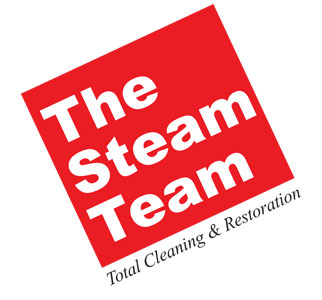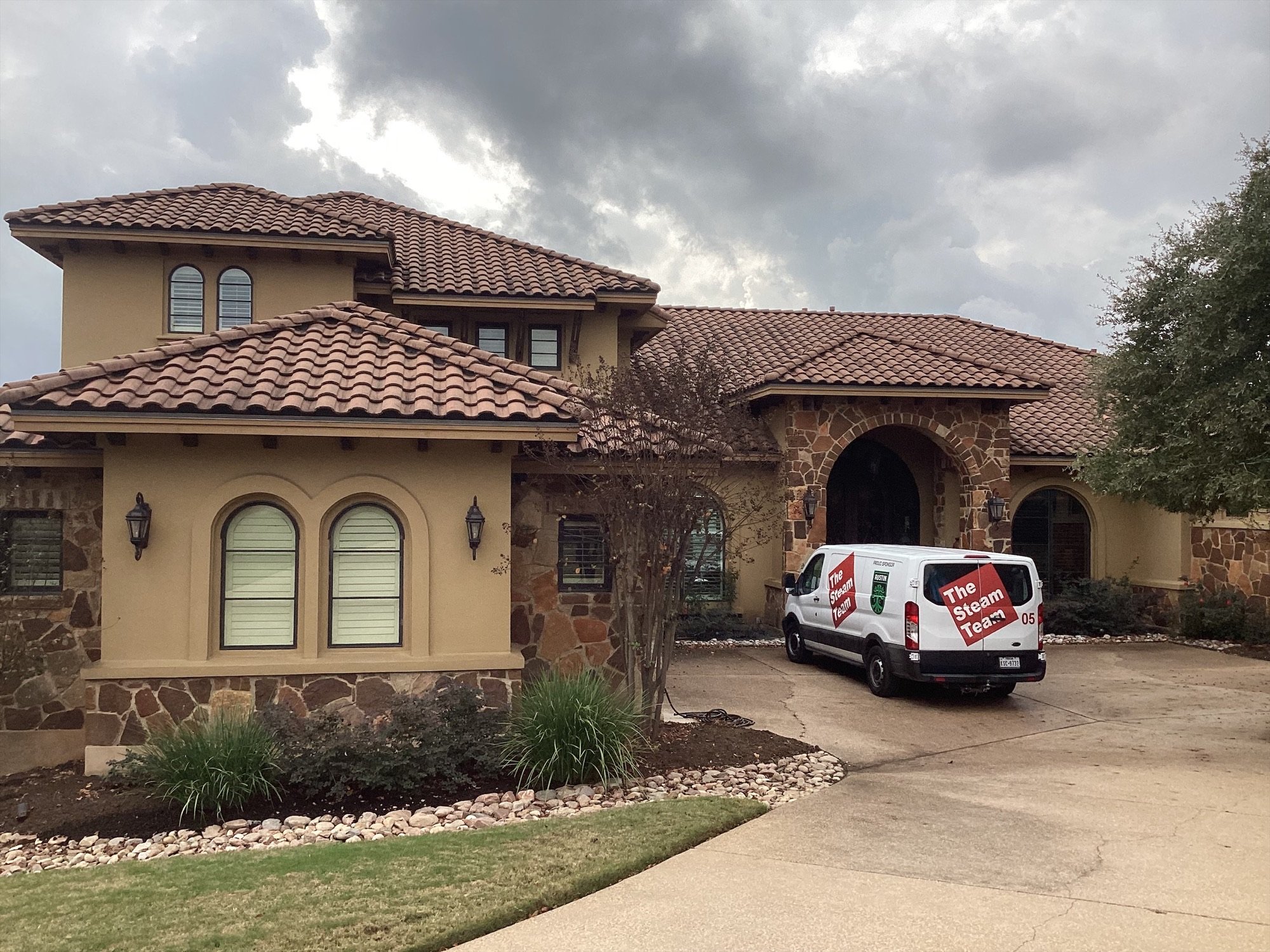Smoke Damage Cleanup: Restoring Homes and Lives After a Fire
/Smoke damage clean up
In the aftermath of a fire, the visible destruction often tells only part of the story. Beyond the charred walls and melted belongings, smoke damage can permeate every corner of a home, leaving a lasting impact on both property and occupants. Smoke damage cleanup is a complex and crucial process that involves not only removing physical residues but also addressing lingering odors and potential health hazards. This comprehensive endeavor not only restores the structural integrity of a home but also provides a sense of normalcy and safety to those affected. In this exploration, we delve into the multifaceted world of smoke damage cleanup, examining the challenges faced, the techniques employed, and the vital role it plays in the recovery process.
**1. Understanding the Nature of Smoke Damage: Smoke damage is a result of the complex interaction between fire, oxygen, and various materials within a home. Different types of fires produce distinct types of smoke, each with its unique characteristics and challenges. While some smoke residues are visible, others are microscopic, making them difficult to detect with the naked eye. Smoke particles can penetrate porous materials, leaving behind stubborn odors and residues that require specialized cleaning methods.
**2. Assessment and Damage Evaluation: The first step in smoke damage cleanup is a thorough assessment of the affected areas. Trained professionals evaluate the extent of the damage, categorizing it based on severity. This evaluation is essential for developing a tailored cleanup plan. Smoke damage can vary significantly, ranging from light soot residues on surfaces to extensive damage that necessitates the replacement of structural elements. Understanding the scope of the damage guides the cleanup process and ensures that no areas are overlooked.
**3. Safety Precautions and Protective Measures: Safety is paramount during smoke damage cleanup. Professionals follow strict safety protocols, wearing protective gear such as masks, gloves, and goggles to shield themselves from harmful residues and contaminants. Adequate ventilation is established to minimize exposure to airborne particles. Additionally, the affected area may be isolated to prevent the spread of contaminants to other parts of the home. These precautions safeguard both the cleanup crew and the occupants, ensuring a secure environment during the restoration process.
**4. Surface Cleaning and Residue Removal: Cleaning surfaces affected by smoke damage requires specialized techniques and cleaning agents. Professionals use HEPA vacuum cleaners to remove loose soot and ash particles from surfaces. Wet cleaning methods, employing appropriate cleaning solutions, are utilized to remove stubborn smoke residues. Non-porous surfaces are relatively easier to clean, but porous materials such as wood, fabric, and drywall absorb smoke particles, necessitating meticulous cleaning and, in some cases, specialized treatments.
**5. Odor Elimination: One of the most challenging aspects of smoke damage cleanup is addressing lingering odors. Smoke particles can embed themselves deeply into porous materials, causing persistent and unpleasant smells. To combat these odors, professionals use a variety of techniques, including thermal fogging, ozone treatments, and specialized deodorizers. Thermal fogging involves dispersing deodorizing agents in a fog form, allowing them to penetrate and neutralize odor-causing particles. Ozone treatments oxidize odor molecules, effectively eliminating unpleasant smells. These techniques are crucial for restoring a fresh and habitable environment after smoke damage.
**6. HVAC System Inspection and Cleaning: The HVAC (heating, ventilation, and air conditioning) system can distribute smoke particles throughout a home. During smoke damage cleanup, the HVAC system is thoroughly inspected, and if necessary, cleaned and deodorized. Air ducts and vents are cleaned to prevent the recirculation of smoke residues. Cleaning the HVAC system ensures that the air circulating in the home is free from contaminants, contributing to a healthier indoor environment.
**7. Content Cleaning and Restoration: Smoke smell damage not only affects the structure of a home but also the contents within it. Furniture, electronics, clothing, and personal belongings may suffer smoke damage. Professional restoration companies employ specialized techniques to clean and restore these items. Depending on the severity of the damage, contents may be cleaned on-site or transported to a specialized facility for detailed restoration. Content cleaning is a meticulous process, involving the use of appropriate cleaning agents and techniques to salvage items whenever possible.
**8. Preventing Future Damage: In addition to smoke smell cleanup efforts, professionals focus on preventive measures to mitigate future smoke damage risks. This may involve reinforcing fire-resistant materials, installing smoke detectors, and educating homeowners about fire safety practices. By taking proactive steps, the likelihood of future smoke damage incidents can be significantly reduced, providing homeowners with peace of mind and a sense of security.
**9. Emotional Support and Recovery Assistance: The aftermath of a fire, and the subsequent cleanup process, can be emotionally overwhelming for homeowners. Restoration professionals often provide not only technical expertise but also emotional support. Empathetic and compassionate communication helps homeowners navigate the challenges of the recovery process. Additionally, restoration companies often collaborate with insurance providers to expedite the claims process, easing the financial burden on homeowners and facilitating a smoother recovery journey.
**10. Restoring Normalcy and Rebuilding Lives: Ultimately, smoke damage cleanup goes beyond physical restoration; it plays a pivotal role in rebuilding lives. Returning a home to its pre-fire condition not only provides a sense of normalcy but also promotes emotional healing. It allows families to move forward, leaving the trauma of the fire behind and embracing a fresh start. The meticulous efforts of restoration professionals, combined with the resilience of homeowners, contribute to the restoration of not just homes but also hope and optimism for the future.
In conclusion, smoke damage cleanup is a comprehensive and intricate process that requires expertise, empathy, and dedication. Professional restoration companies, armed with specialized knowledge and advanced techniques, play a pivotal role in guiding homeowners through the challenging aftermath of a fire. Their efforts extend beyond physical cleanup; they provide emotional support, restore a sense of security, and help families rebuild their lives. In the face of adversity, the collaboration between skilled professionals and resilient homeowners results in the restoration of not just properties but also the strength and spirit of communities.




